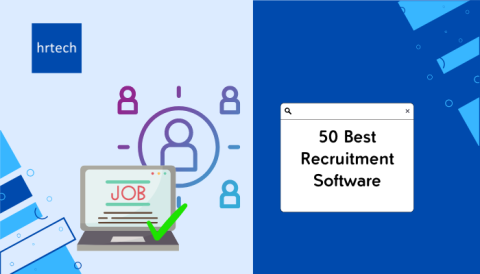TL;DR
- Siloed HR and payroll systems lead to preventable delays, miscommunication, and compliance risks that scale with headcount.
- A well-connected system doesn’t just automate tasks; it reduces friction across Finance, HR, and People Ops.
- Local compliance isn’t optional; software must handle country-specific needs, such as India’s payroll laws, without workarounds.
- Adoption fails when teams aren’t trained or aligned early; successful rollouts are equal parts technical and process readiness.
- TeamLease simplifies payroll and HR management, driving workforce transformation with a comprehensive suite of solutions.
Introduction
If you’re leading HR or Finance, you’ve probably dealt with the chaos of disconnected tools. Pay runs take longer than they should. Employee updates fall through the cracks. Teams lose hours fixing things that should’ve worked from the start.
Trying to keep payroll accurate while tracking headcount changes, approvals, and compliance is a mess. Small mistakes create big problems. You’re constantly switching tabs, checking spreadsheets, and hoping you didn’t miss something important.
As of 2024, 67% of Indian companies are using India Payroll software. That says a lot about what teams are prioritising. In this blog, we’ll break down why integrated payroll and HR software matters, what to look for, and everything in between.
What Is Integrated Payroll and HR Software?
Integrated payroll and HR software connects everything related to compensation, people data, and compliance under one roof. Instead of jumping between HRIS, spreadsheets, and vendor portals, you get one system that pulls it all together.
These platforms sync key processes like onboarding, leave tracking, benefits, and compensation. When HR updates an employee’s role or status, payroll reflects it immediately. No duplicate entries. No manual follow-ups.
This setup helps reduce errors and saves time across the board.
Now that you know what it is, let’s break down why India payroll software matters for your team.
Why Integration Matters: 5 Key Benefits
Separate tools cause delays, double entry, and communication gaps. Integration solves real pain points, not just technical ones. Let’s break down what teams gain when payroll and HR data work together.
1. Fewer Errors and Better Compliance
Mistakes in pay or tax filings cause frustration and expose your business to risk. An integrated system syncs employee data across HR and payroll in real time. You don’t have to worry if changes were missed or entered twice.
It also helps you stay compliant with local regulations. Tax codes, labor laws, and benefits requirements vary by region. With the right system, you don’t have to chase down updates; they’re already built in.
2. Faster Payroll Cycles and Less Admin
You don’t need to wait on spreadsheets or email chains. Integrated tools automate the flow from hiring to payment. HR updates onboarding, finance tracks approvals, nd payroll runs without manual cleanup.
This cuts cycle times and frees up hours. Instead of fixing errors, you can spend time reviewing insights or preparing for compensation planning.
3. Clearer Reporting That Helps You Move Faster
Pulling data across five platforms for one report is exhausting. When your system combines HR and payroll info, you get instant access to clean, consistent reporting.
You can view burn rate, budget vs. actuals, and headcount status in one place. That’s useful when leadership wants answers without delay.
4. Better Control Over Access and Changes
You need to know who’s changing what and when. With a single platform, access is permission-based and trackable. Finance sees budgets. HR sees job changes. Leaders see summaries.
There’s no risk of someone editing the wrong file or skipping an approval. You can move faster without losing control.
5. Simpler Tools for Employees and People Teams
When employees know where to go, they stop pinging HR with small requests. They can view leave, pay history, or benefits from a single dashboard. Fewer touchpoints mean fewer mistakes.
People teams also save time. No more updating two systems or chasing signatures. It’s one workflow from start to finish.
Each of these benefits solves a different pain point. Together, they give you more time, fewer errors, and a better way to run day-to-day tasks. Let’s discuss the key features to consider when selecting an effective India payroll software.
What to Look for in a Good Integration?
Choosing software isn’t about buzzwords. It’s about whether the tool helps your team do their work faster and with fewer mistakes. Here’s what to check for before making a decision:
Syncs in Real Time
Your tool should reflect changes instantly. If someone’s status changes in HR, payroll should update it promptly. Timing errors can result in overpayment, tax issues, or even worse consequences.
Supports Local Compliance Rules
Especially if you’re using India payroll software, the platform should handle regional regulations, such as PF, ESI, TDS, and more, without requiring extra configuration. This reduces your dependency on external consultants.
Connects to the Tools You Already Use
Whether it’s your HRIS, ATS, or finance system, your payroll software should plug in easily. You don’t want to create new silos while trying to solve old ones.
Offers Clear Role-Based Access
Different teams need different views. Your system should enable HR, finance, and managers to access the necessary information without exposing sensitive data to unauthorised personnel.
When these four boxes are checked, you’re in a much better place. That said, even great software needs the right prep. Let’s look at what could trip you up and how to plan for it.
Common Challenges to Plan For
Even with the right India payroll software, rollouts can go sideways. That’s usually because of a rushed setup or unclear internal communication. Here’s what can block success and how to spot it early:
Set up Takes Time
Even well-designed tools take time to configure. You’ll need to map out your payroll rules, team structures, approval flows, and compliance settings. Rushing through this part can lead to problems later.
Be realistic about your internal resources. If your HR team is lean, ensure the vendor provides robust onboarding support. A clean launch now prevents messes later.
Teams Need Clear Communication
Tool changes don’t work unless people understand the why. Communicate early and often. Let everyone know what’s changing, when to expect it, and where to go for help.
Train users before launch, not during fire drills. And keep feedback open. If a manager has questions, respond quickly. It helps with adoption and reduces backchannel workarounds.
Once you’ve addressed the setup and team side, the next step is making sure your workflows are ready.
How to Set Your Integration Up for Success
A great tool is of little value if people don’t use it. A successful launch begins with the right plan and the right team. Here are tactics that help the tool stick from day one:
Start with a Pilot Group
Roll out the tool to one department or office first. See what breaks. Collect feedback. Tweak the workflows. When it works well in one area, expand from there.
This helps you avoid widespread confusion and builds internal advocates before rolling out the company-wide initiative.
Involve HR and Finance Early
Don’t wait until decisions are made to bring in key stakeholders. Your HR team owns employee data. Finance owns budget accuracy. Both require input to function correctly.
Joint planning avoids surprises and helps both sides stay aligned on how data flows, who approves what, and where responsibility sits.
Make Usability a Top Priority
Fancy features don’t matter if no one knows how to use them. Look for systems that make workflows easy to understand. If your payroll manager needs three tabs to run one report, that’s a problem.
The same goes for dashboards. Employees and administrators should be able to find what they need without having to guess. The faster they can use the tool, the quicker you will see results.
Once your workflows are humming, you need a system that actually scales with you. Here’s where TeamLease stands out.
How TeamLease Helps Simplify Payroll and HR Management
TeamLease provides a comprehensive approach to managing HR and payroll, ensuring smooth operations across multiple countries. Their services include recruitment, compliance, payroll, and HR consulting. With TeamLease, your organisation can simplify complex HR tasks while remaining compliant with local regulations.
Let’s look at how TeamLease helps with these tasks:
- Workforce and HR Services: TeamLease supports businesses in recruitment, payroll, and compliance management, ensuring smooth workforce operations across various industries.
- Comprehensive Payroll and Compliance Management: They handle payroll processing across multiple countries, ensuring adherence to local laws like PF, ESI, and TDS in India.
- AI-Driven Recruitment Tools: TeamLease enhances hiring processes with AI-driven tools that speed up recruitment and improve overall staffing efficiency.
- HR Technology Marketplace: The HR technology marketplace offers over 450 HR solutions, covering every stage of the employee lifecycle with personalised recommendations.
- HR Advisory and Consulting: Their consulting services help businesses design and improve HR processes, ensuring they align with business objectives and meet industry standards.
Disconnected HR and payroll systems create delays, errors, and compliance risks. These issues only grow as teams and processes expand. TeamLease offers integrated payroll and HR solutions that reduce errors, improve compliance, and simplify workflows. This helps speed up payroll cycles and cuts down manual work.
TeamLease simplifies HR and payroll management while ensuring compliance and efficiency. For more information or to discuss business inquiries, please contact us today and discover how we can help optimise your HR processes.
Book a demo with TeamLease today to discover how their services can support your HR and payroll needs.
FAQs
Q: What’s the biggest issue with using separate HR and payroll systems?
A: When systems don’t sync, updates fall through. That creates confusion around salaries, taxes, or benefits. It also means teams waste time fixing avoidable mistakes.
Q: How does integrated payroll help with budgeting?
A: It gives Finance and HR one view of salary data, approvals, and headcount plans. That makes it easier to track what’s already committed and spot gaps early.
Q: Does integration mean replacing all existing HR tools?
A: Not always. Many platforms connect with your current HRIS, ATS, or finance tools. The key is choosing software that plays well with what you already use.
Q: Why is real-time syncing such a big deal in payroll?
A: When changes update instantly, there’s no need to double-check data across tools. That helps avoid late pay runs, misfilings, or missed raises.
Q: Is India payroll software useful for US-based companies?
A: Yes, especially if your business has employees or contractors in India. It helps you stay compliant with local rules while keeping payroll cycles smooth.







